PPT-Developmentally appropriate practices
Author : faustina-dinatale | Published Date : 2017-09-17
DAP Types of Learning Active Learning actively involved and engaged in the learning by doing seeing and thinking Passive Learning sitting and listening without
Presentation Embed Code
Download Presentation
Download Presentation The PPT/PDF document "Developmentally appropriate practices" is the property of its rightful owner. Permission is granted to download and print the materials on this website for personal, non-commercial use only, and to display it on your personal computer provided you do not modify the materials and that you retain all copyright notices contained in the materials. By downloading content from our website, you accept the terms of this agreement.
Developmentally appropriate practices: Transcript
Download Rules Of Document
"Developmentally appropriate practices"The content belongs to its owner. You may download and print it for personal use, without modification, and keep all copyright notices. By downloading, you agree to these terms.
Related Documents

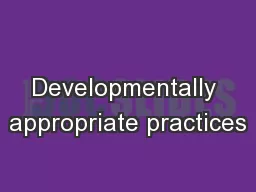
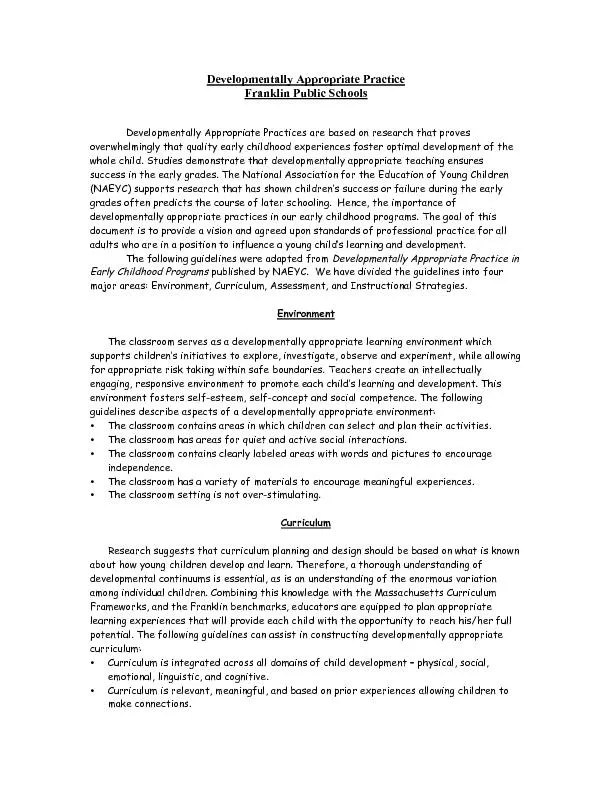
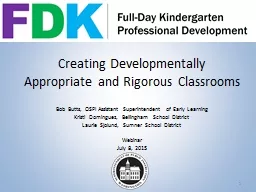
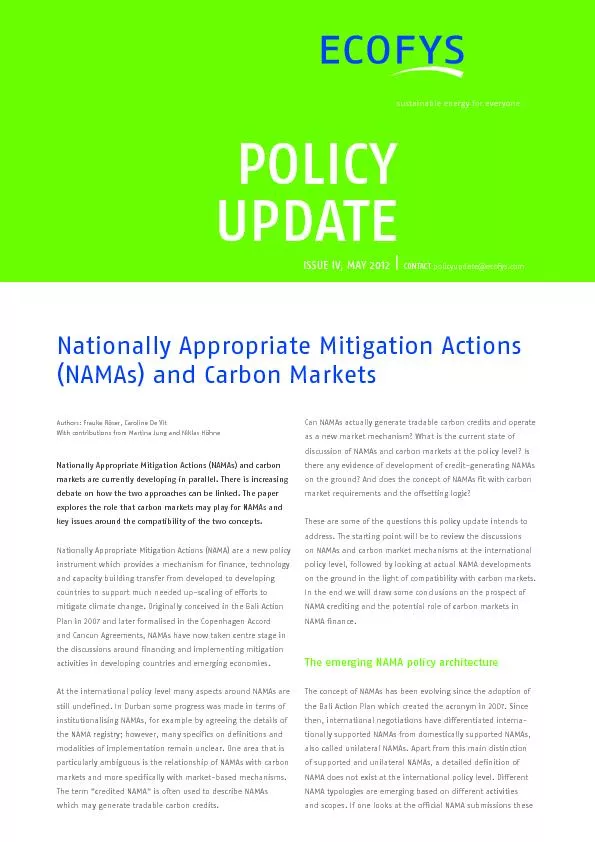
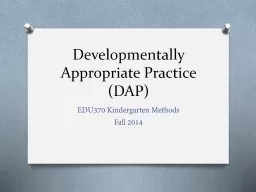
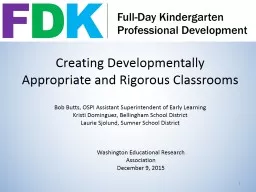
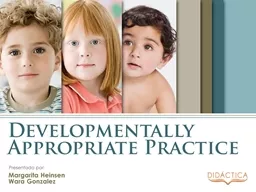
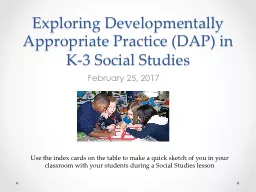
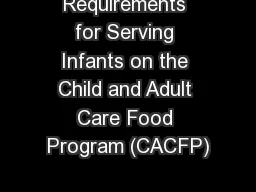
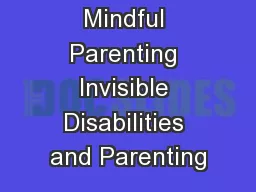

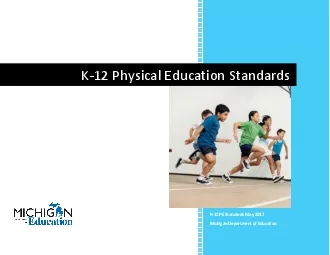
![[EBOOK] - Teaching Student-Centered Mathematics: Developmentally Appropriate Instruction](https://thumbs.docslides.com/900866/ebook-teaching-student-centered-mathematics-developmentally-appropriate-instruction-for-grades-3-5-volume-ii-student-centere.jpg)
![[DOWNLOAD] - Teaching Student-Centered Mathematics: Developmentally Appropriate Instruction](https://thumbs.docslides.com/901781/download-teaching-student-centered-mathematics-developmentally-appropriate-instruction-for-grades-pre-k-2-volume-i.jpg)